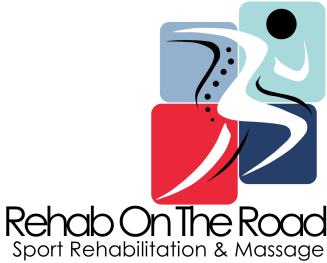Quadriceps tendonitis is inflammation of the tendon of the quadriceps muscle, where it inserts at the top of the patella.
Symptoms
- Pain on contracting the quadriceps when in a straight leg position
- Tenderness when palpating along the top of the patella, where the muscle attaches to the bone.
- Stiffness the day after exercise, especially first thing in the morning.
- Pain when standing up from a squat position
Causes
The most common cause of quadriceps tendinopathy is overuse. This occurs when the tendon repeatedly moves in a specific way, which leads to small tears.
Normally, your body tries to fix these tears. But if you continue repeating the same movement, more tears will develop.
Age
As you get older, the tendons become less flexible and more prone to inflammation.
Weight
Excess body weight puts extra stress on the tendons.
Tight Muscles
Tight hamstrings and quad muscles increase pressure on your tendons.
Chronic Disease
Some diseases, like lupus and diabetes, reduce blood supply to the knee. This weakens the tendons and increases the risk of tendinitis.
Alignment Problems
If your joints or bones aren’t properly aligned, one leg will be placed under more stress. Muscular imbalances can have a similar effect.
Anatomy
Quadriceps tendonitis is inflammation of the tendon of the quadriceps muscles. The quadriceps muscle group are the four large muscles at the form of the thigh and consist of the rectus femoris, vastus lateralis, vastus medialis and the vastus intermedius.
When they contract they flex the knee.The rectus femoris is the largest muscle and also flexes the hip because it originates from the pelvis, crossing both the hip joint and the knee joint (called a biaxial muscle).
The quadriceps muscles join together in a common tendon which attaches to the patella or kneecap, which in turn inserts into the front of the tibia or shin bone.

Treatment
Rest
To protect the injured area, you’ll need to limit movements that overwork your knees.
Ice
Applying ice or a cold compress can reduce swelling and pain.
Massage Therapy
To ease tension in the quadriceps
Exercises
Strengthening hamstrings and hips, which support your knee tendons and increasing flexibility of your quadriceps tendon and surrounding muscles.
Taping & Bracing
To off-load the stress on your tendon, by stabilizing the kneecap.
Orthotics
Orthotic devices are shoe inserts that support the foot.
Anti-inflammatory Medications
NSAIDs are over-the-counter pain relievers.
Contact Me
Let's chat!
Need more information? Send me an email or drop me a line. I don’t bite!
- Charlotte@rehabontheroad.co.uk
- 07971448719

